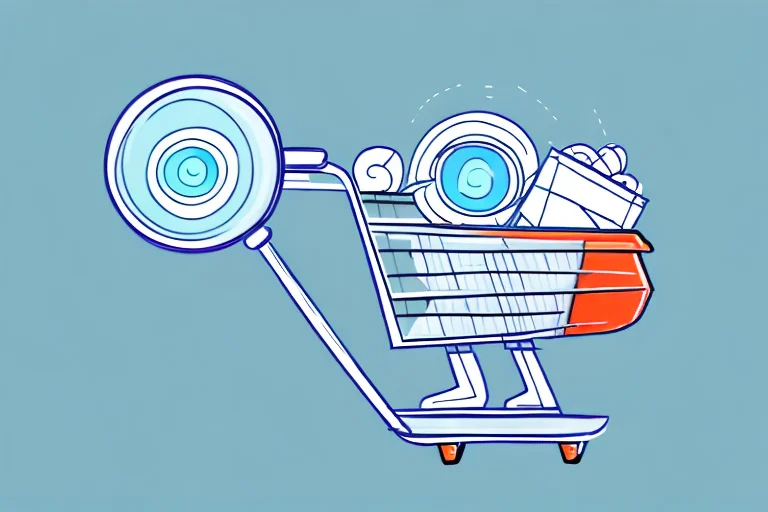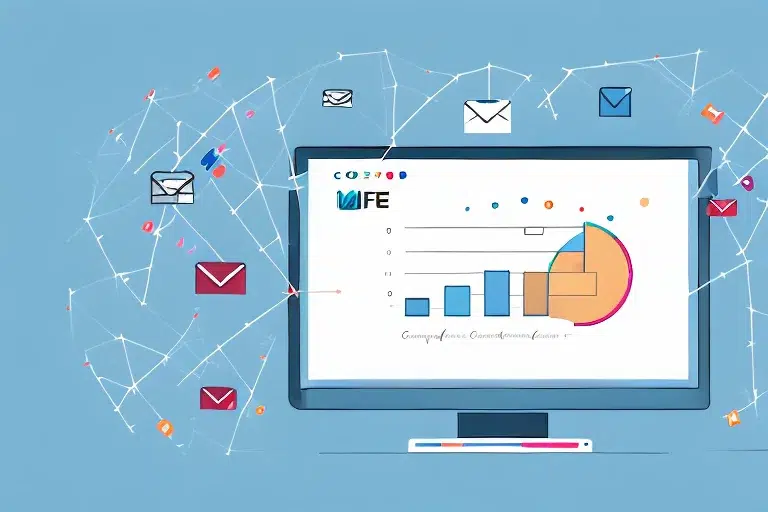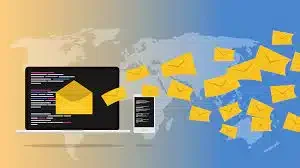Maximizing ROI: An In-depth Look at Shopify Email Marketing

In today’s digital age, email marketing has become a powerful tool for businesses to reach out to their customers and drive sales. For Shopify store owners, email marketing is an essential strategy to maximize return on investment (ROI) and build a loyal customer base. In this article, we will explore the fundamentals of Shopify email […]
How to Optimize Your Shopify Email Campaigns for Higher Conversions

Email marketing is a crucial component of any successful e-commerce business. When done right, it can drive sales, increase customer engagement, and ultimately lead to higher conversions. As a Shopify store owner, it’s important to understand the role of email campaigns in your overall marketing strategy and learn how to optimize them for maximum impact. […]
Best Practices for Shopify Email Marketing: Tips and Tricks
Email marketing is a powerful tool that can help drive sales and engagement for your Shopify store. In this article, we will explore the importance of email marketing in Shopify and provide you with tips and tricks to optimize your strategy. From setting up your Shopify email marketing plan to crafting effective email campaigns, we […]
Boost Your Sales with a B2B Ecommerce Email Agency

At our B2B ecommerce email agency, we are aware of the need to craft and execute productive email campaigns tailored to your business. Our expertise allows us to create powerful campaigns that drive results and foster long-lasting relationships with potential customers. By leveraging the expertise of a specialized agency like ours, you can maximize your […]
